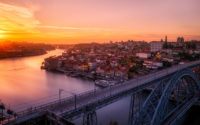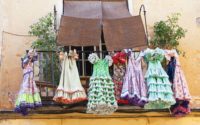Travel idea: agrotourism in Crete
We often have the impression that the islands are mainly a coastline. Well, if Crete is an expressive coastline, it is also a spectacular hinterland full of seductions. The island lives here to the peaceful rhythm of the crops, the raki and the bell towers. Meeting people who are passionate about the land, rediscovering the calm and the tempo of the countryside, soaking up the quiet strength of Cretan rural life, this is what this trip invites you to do in areas of marked character.
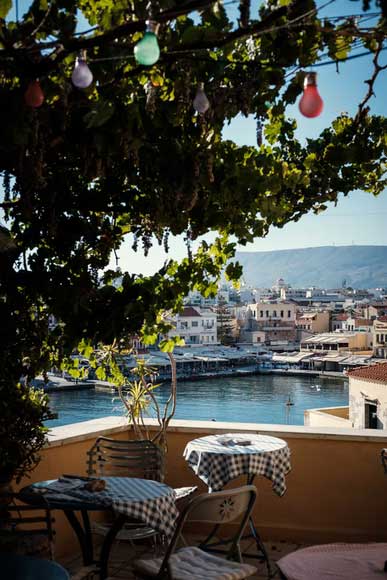
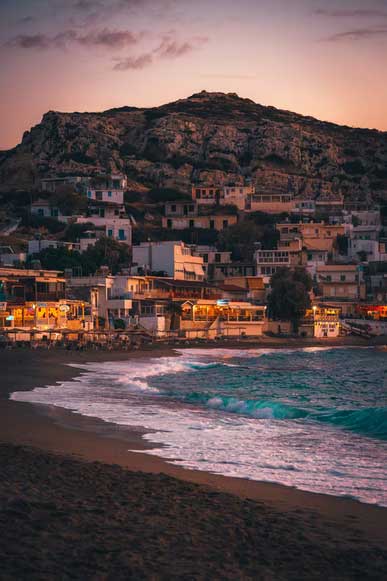
Far from the cities, high quality accommodations are developed, combining the conviviality of a guest house with the beauty of the countryside, the serenity of a farm in the middle of nature, the taste of the products of the vegetable garden and the orchards, often organic. You will experience this in three places: a little away from Heraklion, in the village of Axos established on the slopes of Mount Psiloritis, and in the traditional village of Vamos, at the foot of the White Mountains. Your addresses embody the right spirit of the countryside: rusticity is an asset here, conviviality is the order of the day, and local cuisine is a serious matter. To get a better feel for the place, you should venture along the small roads and dry stone paths, stopping at the monasteries and fishing villages perched on their rocky peaks. For this, you can use a rental car and a GPS application. And for the rest, home-made breakfasts under the vine, nonchalant swimming in the pool, nap under the olive tree…

You can travel by car at your own pace, following the mood of the moment and allowing yourself detours and stops along the way. At each of your stops, you have enough time to enjoy the tranquility of your addresses, take part in the various activities of the farm and explore the surroundings. There are several highlights along the way, so you won’t miss anything essential and you’ll experience Crete from every angle.
The largest island in Greece (8,331 km2, 258 km long and 56 km wide), Crete stretches from west to east on the southern edge of the Aegean world. The mountain ranges that cover most of the island (Mount Ida 2,456 m, Levka Ori 2,453 m), of west-east direction, belong to the folded set of the Dinaric system found in the western area of mainland Greece. This mountainous area offers sharp biogeographical contrasts between the northern slope (Aegean Sea) and the southern slope (Libyan Sea), sometimes arid, between the western end better watered and the eastern end sometimes deficient in water. Sandy beaches surround the coastal perimeter of the island.

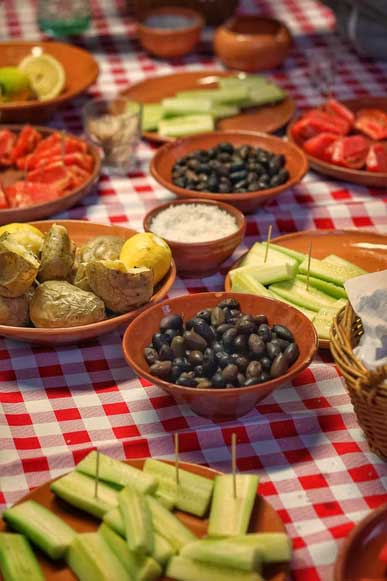
The Cretan landscape is dominated by the scrubland; only one third of the surface of the island is cultivable, mainly on small surfaces. Only the Mesara plain, well irrigated, escapes the norm and allows for mechanized harvesting. The decline of traditional Mediterranean agriculture and sheep farming accelerates the abandonment of the limestone mountains. The agricultural activities are concentrated and specialized in the hills of Neogen sediments and the plains of recent alluvium or the interior basins sheltered from the high peaks: raisins in the vicinity of Heraclio, irrigated early crops in the Mesará plain (Mirès), winter tomatoes (Ierapetra), citrus fruits (Khaniá), wine vines (Kastelli). These crops are linked to outlets often far away, conquered thanks to the connections established since 1960 with the rest of Greece and the creation of good roads serving the Aegean facade of the island, lined with cities and conquered by tourism.
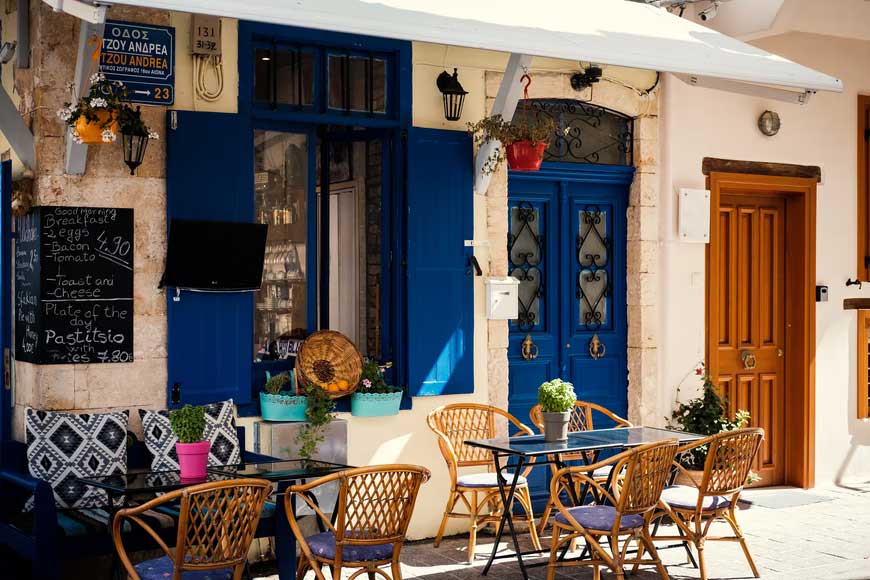
Rethymnon and Khaniá are stagnant, but Heraklion, the capital of the administrative region of Crete, the main port and a load break point well served by the road network, has become a commercial and industrial center. The population of the department of Iraclia reached 291,000 in 2001, making it the most densely populated of the four Cretan departments. Land of contrasts by its relief, Crete is also by the distribution of its population. The island is not very industrialized; tourism is the main source of income.

